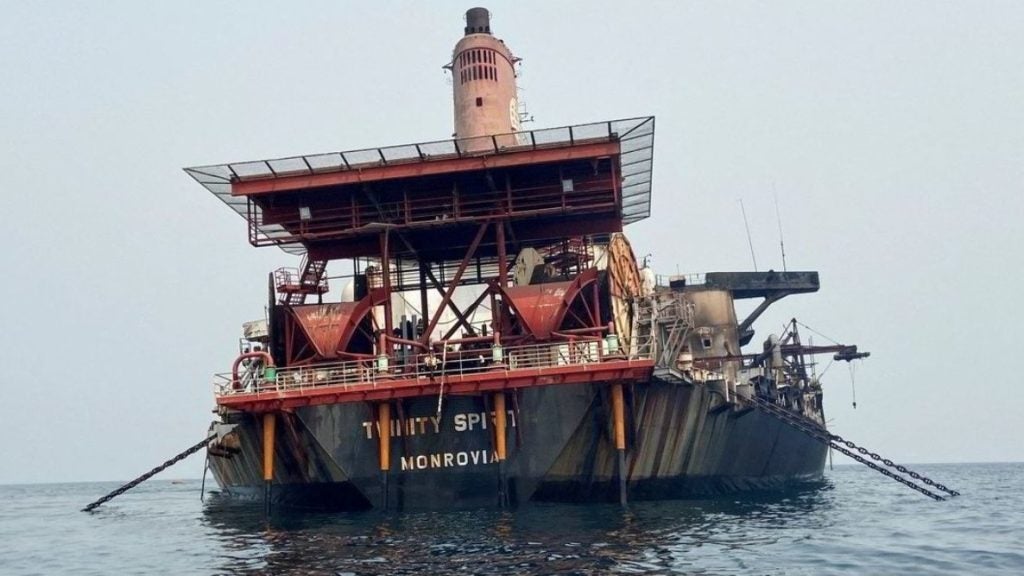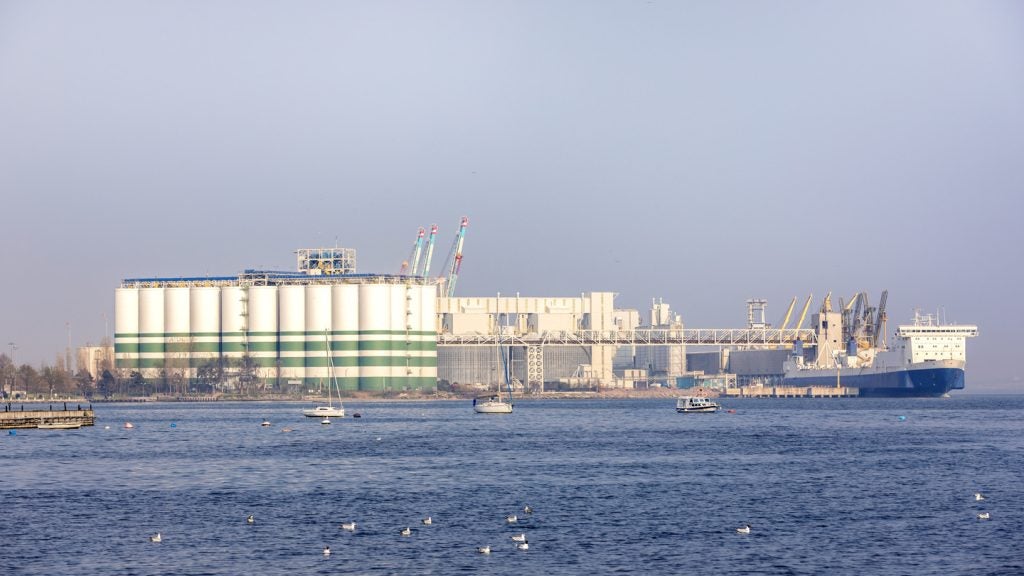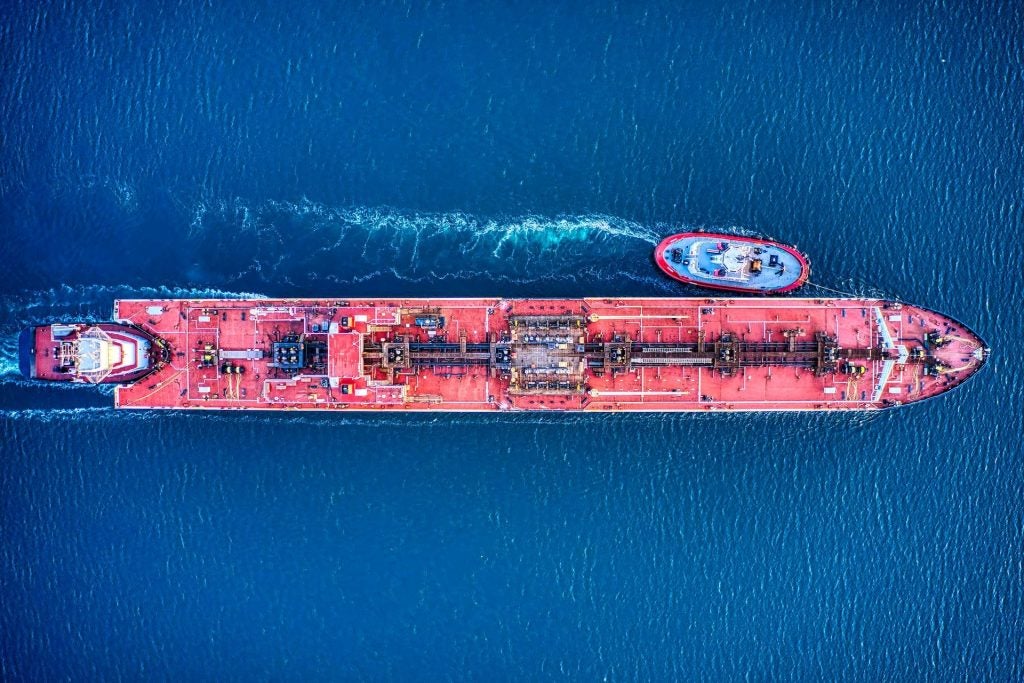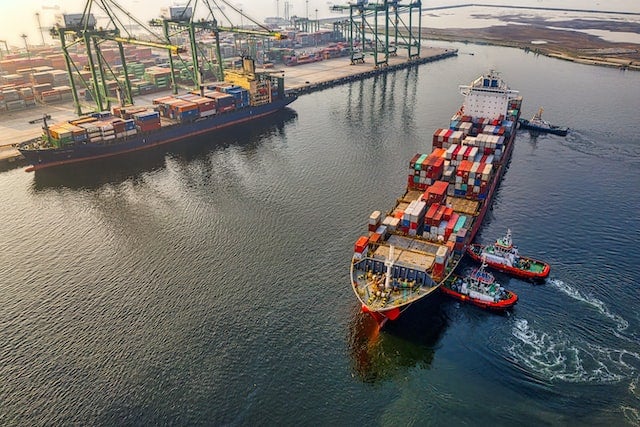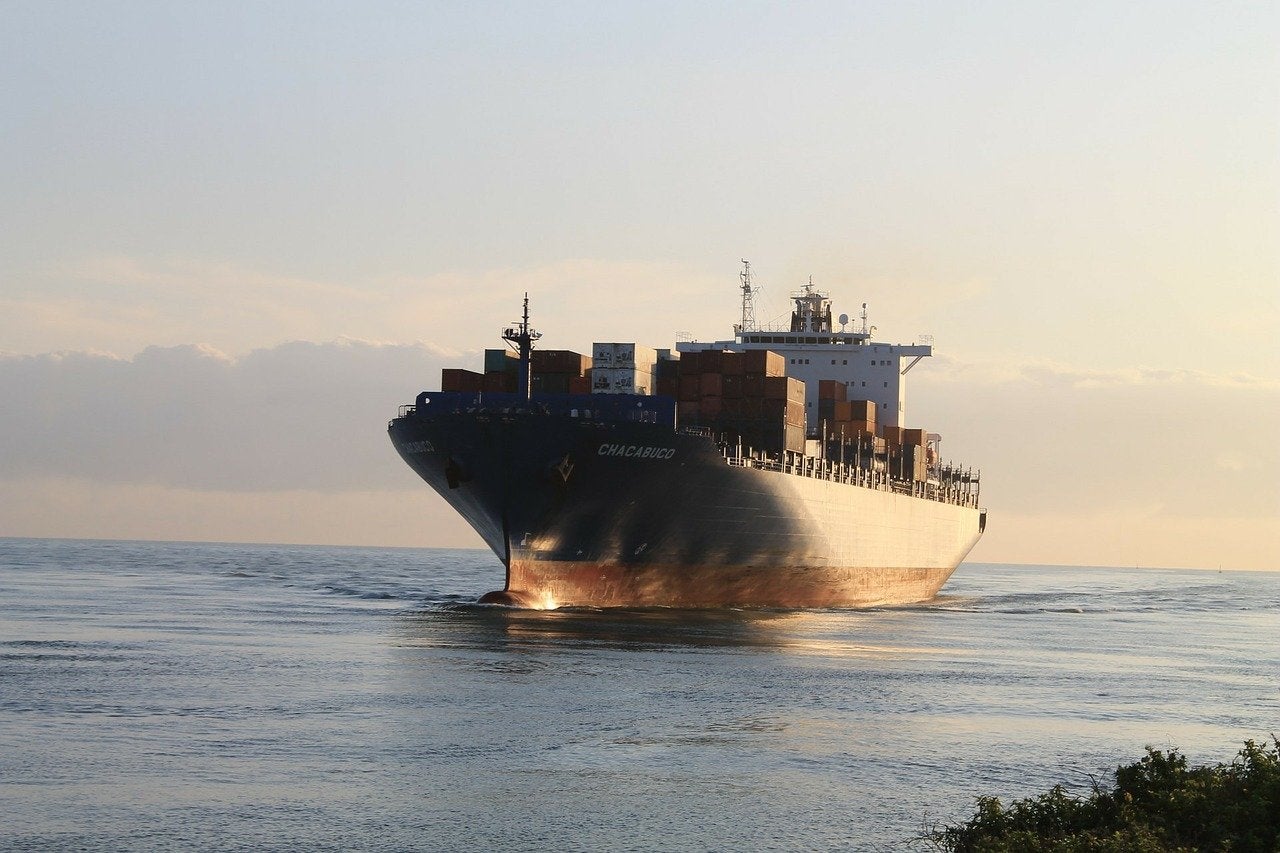
In August 2015, two consecutive explosions in a container storage station at the Port of Tianjin in China killed over 170 people, injuring almost 800 and causing billions worth of damages throughout the city. Fires triggered by the explosion kept on picking up throughout the weekend, causing eight smaller explosions days after the first and devastating the area almost beyond recovery.
“Everyone thought that what happened in Tianjin was never going to happen again,” observes Richard Brough, director, technical adviser and observer at the International Cargo Handling Coordination Association (ICHCA).
“After Tianjin, there was an expectation that the evaluation of the risks could lead to change and impetus to bring about greater control and transparency on the handling of dangerous goods,” adds Peregrine Storrs-Fox, risk management director transport and logistics insurer TT Club.
And then Beirut happened. Almost exactly five years from China’s disaster, a blast at the Lebanese port of Beirut claimed almost 200 lives, injuring many more, tearing down properties and ultimately triggering a civil and economic crisis.
While aggravated by global concerns for the current coronavirus pandemic, the explosion reopened a long-standing debate on how freight forwarding industries like maritime approach dangerous goods and the role national and international regulations are currently playing to prevent these disasters from happening ever again.
Lessons from the Beirut explosion
Cases like Beirut are not exactly a rarity in the industry. “Incidents with materials like ammonium nitrate have been happening for over 100 years,” comments Brough. “Ammonium nitrate is not inherently dangerous but it becomes unsafe if put in storage, often in a warehouse that is contaminated or where the storage parameters for the cargo are not being followed properly.”
How well do you really know your competitors?
Access the most comprehensive Company Profiles on the market, powered by GlobalData. Save hours of research. Gain competitive edge.

Thank you!
Your download email will arrive shortly
Not ready to buy yet? Download a free sample
We are confident about the unique quality of our Company Profiles. However, we want you to make the most beneficial decision for your business, so we offer a free sample that you can download by submitting the below form
By GlobalDataIn the case of Beirut, the blast was caused by a number of malpractices that led to 2,750 tonnes of ammonium nitrate being left unattended at the port for seven years.
This, Brough says, has happened before. From the Port of Texas City in 1947 to the MSC Flaminia container ship in 2012, through Tianjin and Beirut, dangerous cargo is often mishandled or misdeclared, on some occasions even proving fatal. “People misdeclare dangerous goods for several reasons,” he comments. “One is ignorance and another one is fraud, since for dangerous goods normally there is a premium that shippers charge for handling, or people do not want to pay the cost of compliance, which is another one.
“There’s enough information out there about how to handle all dangerous goods – never mind ammonium nitrate – and the regulations and guidance are clear. Whether everybody is aware of them is another matter.”
Limitations of the IMDG Code
Ships carrying dangerous materials currently fall under the jurisdiction of the International Maritime Organization’s Dangerous Goods Code (IMDG Code), a product of the 1960 Safety for Life at Sea (SOLAS) Convention which extends to over 150 countries globally. This document provides indications on how to declare dangerous materials, store them on vessels and transport them. The latest version of the code came into force in January this year, though the IMO is already working on a new amendment slated to become effective in January 2021.
On top of these guides, which are not mandatory, are national laws. Following the Beirut explosion, governments including India and Sri Lanka were quick to inform the public of their commitment to the Code and that they were abiding by its regulations.
However, the code has been previously criticised for lacking clarity and leaving some parts up for interpretation. “The [IMDG] Code is a complex document and highly technical in a lot of places,” comments Storrs-Fox. “It’s available in all six official UN languages but there inevitably remains room for interpretation ‘on the ground’.”
But Brough says this is merely an excuse for some governments to cherry-pick on how to enforce regulations. “Yes, you do get some errata and corrigenda on juridical terms from time to time in the translation of the language of the IMO,” he argues, “but they check very carefully to make sure that there are no misinterpretations.
“There are some special provisions which do leave people an amount of wriggle room for various commodities, and we’re concerned that those special provisions sometimes can be used for people as exemptions that help them avoid having to comply with certain parts of the code if you use a special permission to get around it.”
The lack of standardised regulations
With its latest update expected for the new year, Brough says that the Code will extensively cover all procedures that vessels need to follow when carrying dangerous goods. What is missing, however, is both its full implementation in some countries as well as specific regulations for ports and terminals.
“You’ve got a mixture of international and national law at this point which adds an interesting dynamic to the fact that you’ve also got the specific interface between the sea mode and land – in terms of ships coming alongside and what the expectation is when it comes to regulations,” comments Storrs-Fox.
In other words, while regulation may be there, its potential openness to interpretation and the fact that it’s not enforceable nationally gives individual states the power to decide how to do so. “Every aspect of the movement of cargo, its storage and regulation is fragmented; not just amongst the UN agencies, but also at national level, there are different interest groups focused on their particular activity and requirements,” he adds.
“We need countries to enforce the regulations that exist, and they sadly don’t,” says Brough, citing as an example the inspection programmes for cargo transport units carrying dangerous goods, a practice also mandated by the IMO. “Out of the 174 maritime nations that are under it, this year only five reported their non-compliance,” he explains. “The US National Congress Bureau recently ran an exercise last year where they inspected 500 containers for different shipping lines and they found 60% non-compliance.”
Adding to this is the fact that the only global document covering the role of ports when it comes to dangerous goods dates as far back as 2007. This is known in the industry as Circular 1216 or under the title Revised Recommendations on the Safe Transport of Dangerous Cargoes and Related Activities in Port Areas.
“There is no standardised legislation for ports across the globe,” says Brough. “The [Circular 1216 has] high-level recommendations which nation states are meant to adopt into their own legislation. He adds that while some countries – including the UK, US, Europe and Australia – continue to successfully enforce it, many others are however still failing to do so.
This inevitably has negative repercussions on the way ports handle dangerous goods – the explosions at Beirut and Tjanin were tragic examples. “I’ve been to terminals where I’ve seen dangerous goods being stored very badly and terminals that hadn’t had a practice drill with the fire and rescue service in 40 years of operation, just a short distance away from urbanisation, and that is criminal,” he adds.
Improving the inspection regime
ICHCA, TT Club and several other groups are currently lobbying to update Circular 1216 while also working on new papers and guidance that provide more clarity on best practice in ports and terminals. These efforts are also meant to raise awareness, among members of the maritime and port communities, of the need to carry out extensive on-site inspections and staff training.
As Brough explains, the frequency of inspections varies from country to country, though even in the most proactive ones these only tend to take place after an accident occurs. “The Chemical Distribution Institute typically comes and checks your terminal with its audit system, after which they give a certificate,” he says. “We’re currently encouraging more and more [hubs to go for] both a self-inspection and one done by an exterior body just to make sure that you’re doing everything right. If nations aren’t doing it, we’re going to have to do it ourselves.”
Meanwhile, urgent changes are also needed to ensure that terminals are properly trained for emergencies. “A number of governments and port operators have spent a long time since the Beirut explosion reassessing what measures they had in place, how good their training is, whether they run drills, how aware they are of the cargo that is in transit as well as in long term storage and what the risks are,” says Storr-Fox. “With ICHCA, we’re trying to put together an operational guidance looking to improve risk assessment and bringing in a better safety regime even in the absence of national legislation.”
The IMDG Code does include a section on training to handle dangerous goods, but as Brough explains, this only partially solves the problem. “Training companies may come and teach them how to understand every part of the IMDG Code but they don’t need that,” he concludes.
“What they need to know is the basic principles, particularly with recognising the hazards, knowing what to do when things go wrong, and how to deal with the rescue and emergency service when things do go wrong.”



